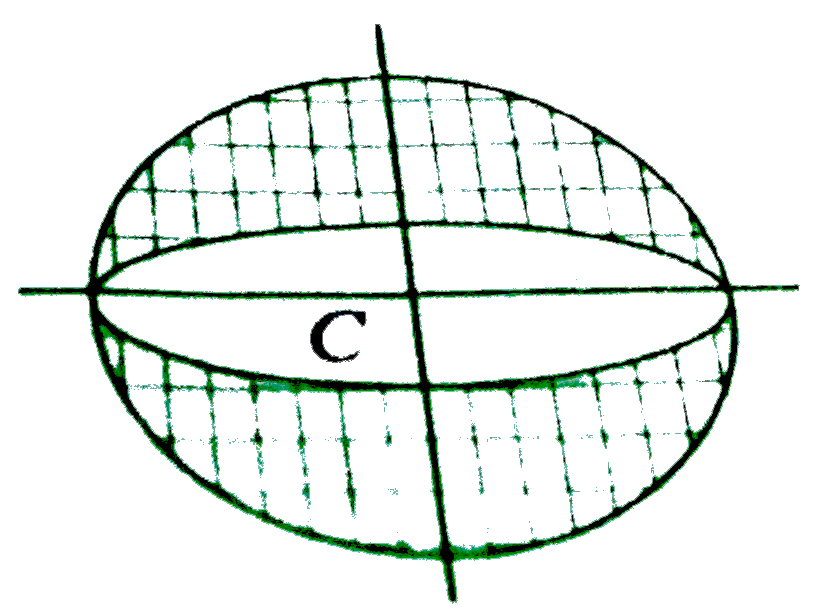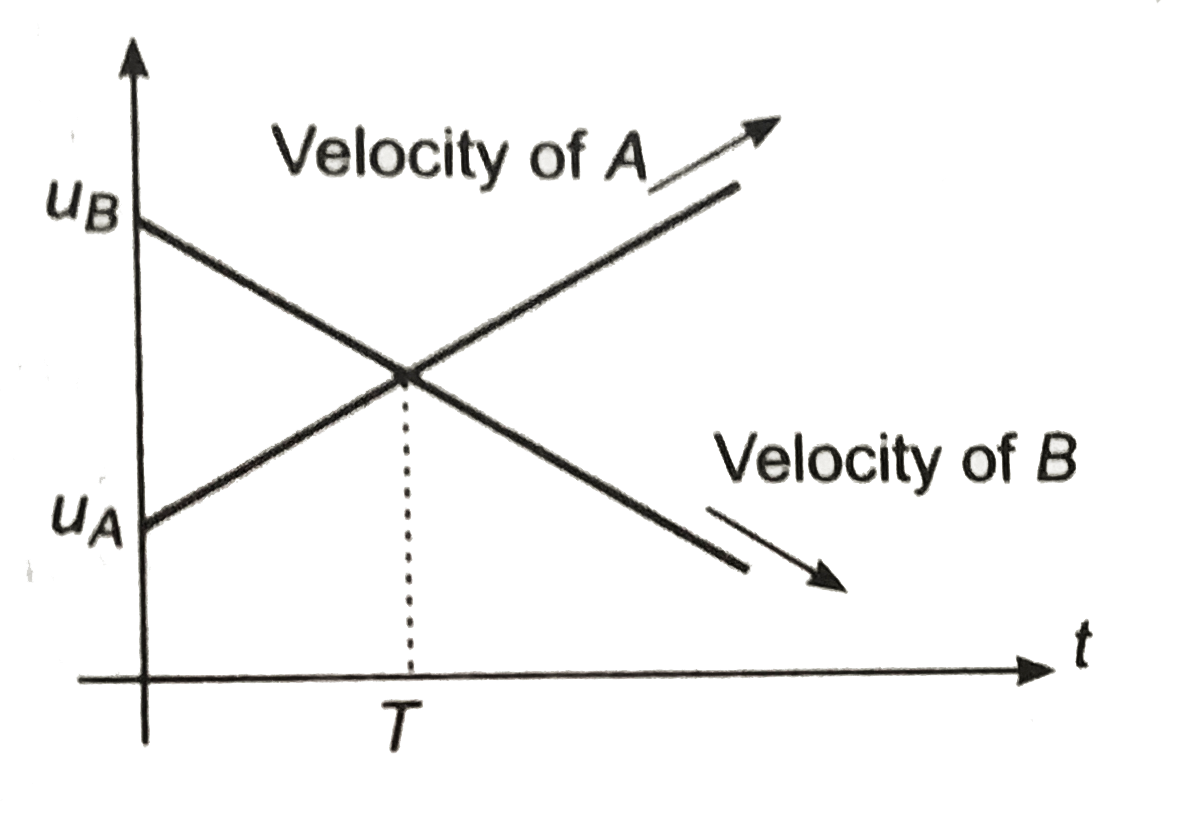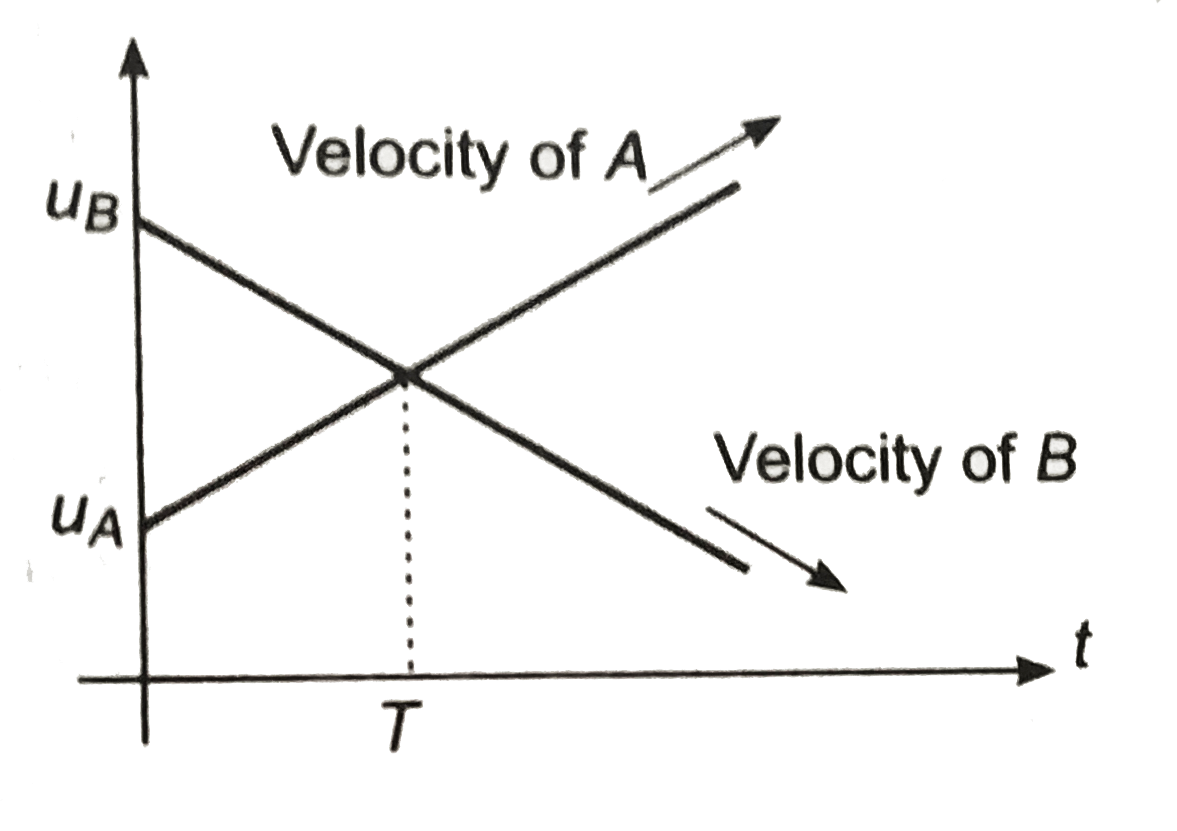Two persons A and B agree to meet at a place between 11 to 12 noon. The first one to arrive waits for 20 minutes and then leave. if the time of their arrival be independent and at random, then the probabity that A and B meet is:
Step by step video & image solution for Two persons A and B agree to meet at a place between 11 to 12 noon. The first one to arrive waits for 20 minutes and then leave. if the time of their arrival be independent and at random, then the probabity that A and B meet is: by Maths experts to help you in doubts & scoring excellent marks in Class 12 exams.
Topper's Solved these Questions
- BOOK - ARIHANT MATHS ENGLISHCHAPTER - PROBABILITYEXERCISE - Example4videos
PROBABILITY
- BOOK - ARIHANT MATHS ENGLISHCHAPTER - PROBABILITYEXERCISE - Exercise For Session 120videos
PROBABILITY
- BOOK - ARIHANT MATHS ENGLISHCHAPTER - PERMUTATIONS AND COMBINATIONS EXERCISE - Exercise (Questions Asked In Previous 13 Years Exam)28videos
PERMUTATIONS AND COMBINATIONS
- BOOK - ARIHANT MATHS ENGLISHCHAPTER - PRODUCT OF VECTORSEXERCISE - Exercise (Questions Asked In Previous 13 Years Exam)51videos
PRODUCT OF VECTORS
Similar Questions
There are some experiment in which the outcomes cannot be identified discretely. For example, an ellipse of eccentricity 2√2/3 is inscribed in a circle and a point within the circle is chosen at random. Now, we want to find the probability that this point lies outside the ellipse. Then, the point must lie in the shaded region shown in Figure. Let the radius of the circle be a and length of minor axis of the ellipse be 2b. Given that
1−b2a2=89orb2a2=19
Then, the area of circle serves as sample space and area of the shaded region represents the area for favorable cases. Then, required probability is
p=Area of shaded regionArea of circle
=πa2−πabπa2=1−ba=1−13=23
Now, answer the following questions.

Two persons A and B agree to meet at a place between 5 and 6 pm. The first one to arrive waits for 20 min and then leave. If the time of their arrival be independant and at random, then the probability that A and B meet isView SolutionSuppose that the number of telephone calls coming into a telephone exchange between 10 A.M. and 11 A.M., say, X1 is a random variable with possion distribution with parameter 2. Similarly the number of calls arriving between 11 A.M. and 12 noon, say X2 also follows a poisson distribution with parameter 6. If X1 and X2 are independent, what is the probability that more than 5 calls come in between 10 A.M. and 12 noon.
View Solution
Knowledge Check
- Question 1 - Select One
Stations A and B are 300 km apart. Two trains run daily commuting people from A to B vice versa. The first runs at a speed x km/hr. wheres the second one runs 50 km/hr slower than the first train.
The time taken by the first train to cover the distance between station A and B is :Ax300 xB30 hrsC300x hrsDx hr
places A and B are 80 km apart from each other on a highway. A car starts from A and other from B at the same time. If they move in the same direction, they meet in 8 hours and if they move in opposite directions, they meet in 1 hour and 20 minutes. Find the speed of the cars.
View SolutionPlaces A and B are 100 km apart on a highway. One car starts from A and another from b at the same time. If the cars travel in the same direction at different speeds, they meet in 5 hours. If they travel towards each other, they meet in 1 hour. What are the speeds of the two cars
View SolutionPlaces A and B are 100 km apart on a highway. One car starts from A and another from b at the same time. If the cars travel in the same direction at different speeds, they meet in 5 hours. If they travel towards each other, they meet in 1 hour. What are the speeds of the two cars
View SolutionTwo point sources of sound are kept at a separation of 10 cm. They vibrate in phase to produce waves of wavelength 5.0 cm. What would be the phase difference between the two waves arriving at a point 20 cm from one source (a) on the line joining the sources and (b) on the perpendicular bisector of the line joining the sources ?
View SolutionA situation is shown in which two objects A and B start their motion from same point in same direction. The graph of their velocities against time is drawn. uAanduB are the initial velocities of A and B respectively. T is the time at which their velocities become equal after start of motion. You cannot use the data of one question while solving another question of the same set. So all the questions are independent of each other.
6. Let vAandvB be the velocities of the particles A and B respectively at the moment A and B meet after start of the motion. If uA=5ms−1anduB=15ms−1, then the magnitude of the difference of velocities vAandvB is
 View Solution
View SolutionA situation is shown in which two objects A and B start their motion from same point in same direction. The graph of their velocities against time is drawn. uAanduB are the initial velocities of A and B respectively. T is the time at which their velocities become equal after start of motion. You cannot use the data of one question while solving another question of the same set. So all the questions are independent of each other.
5. If the value of T is 4 s, then the time after which A will meet B is
 View Solution
View SolutionTwo persons stand near a railway line separated by a distance 2 km. A detonator is exploded by the first person. The second person 2 km away hears two sounds, one from the sound that has travelling through the rail and the other through the air. What is the interval between them? Given Young's modulus of steel =2×1011N/m2. Density of steel = 8000 kg/m3. Density of air = 1.29 kg/m3. Atmospheric pressure =1×102N/m2. y for air = 1.4
View Solution

